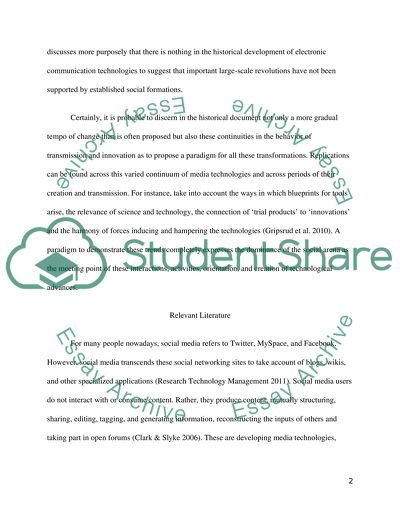Cite this document
(“What isnt new about social networking Essay Example | Topics and Well Written Essays - 1250 words”, n.d.)
What isnt new about social networking Essay Example | Topics and Well Written Essays - 1250 words. Retrieved from https://studentshare.org/journalism-communication/1431450-what-isnt-new-about-social-networking
What isnt new about social networking Essay Example | Topics and Well Written Essays - 1250 words. Retrieved from https://studentshare.org/journalism-communication/1431450-what-isnt-new-about-social-networking
(What Isnt New about Social Networking Essay Example | Topics and Well Written Essays - 1250 Words)
What Isnt New about Social Networking Essay Example | Topics and Well Written Essays - 1250 Words. https://studentshare.org/journalism-communication/1431450-what-isnt-new-about-social-networking.
What Isnt New about Social Networking Essay Example | Topics and Well Written Essays - 1250 Words. https://studentshare.org/journalism-communication/1431450-what-isnt-new-about-social-networking.
“What Isnt New about Social Networking Essay Example | Topics and Well Written Essays - 1250 Words”, n.d. https://studentshare.org/journalism-communication/1431450-what-isnt-new-about-social-networking.


